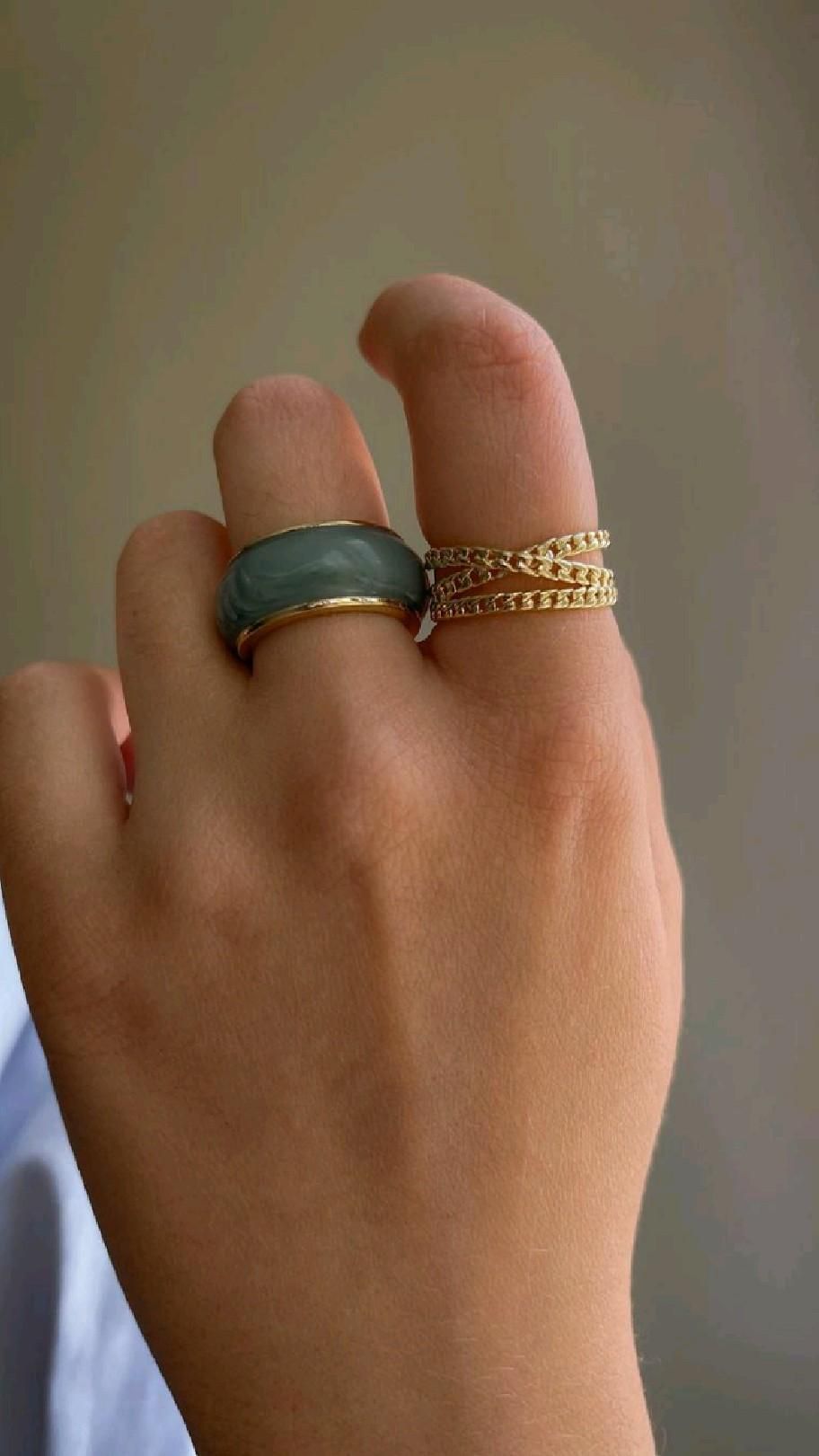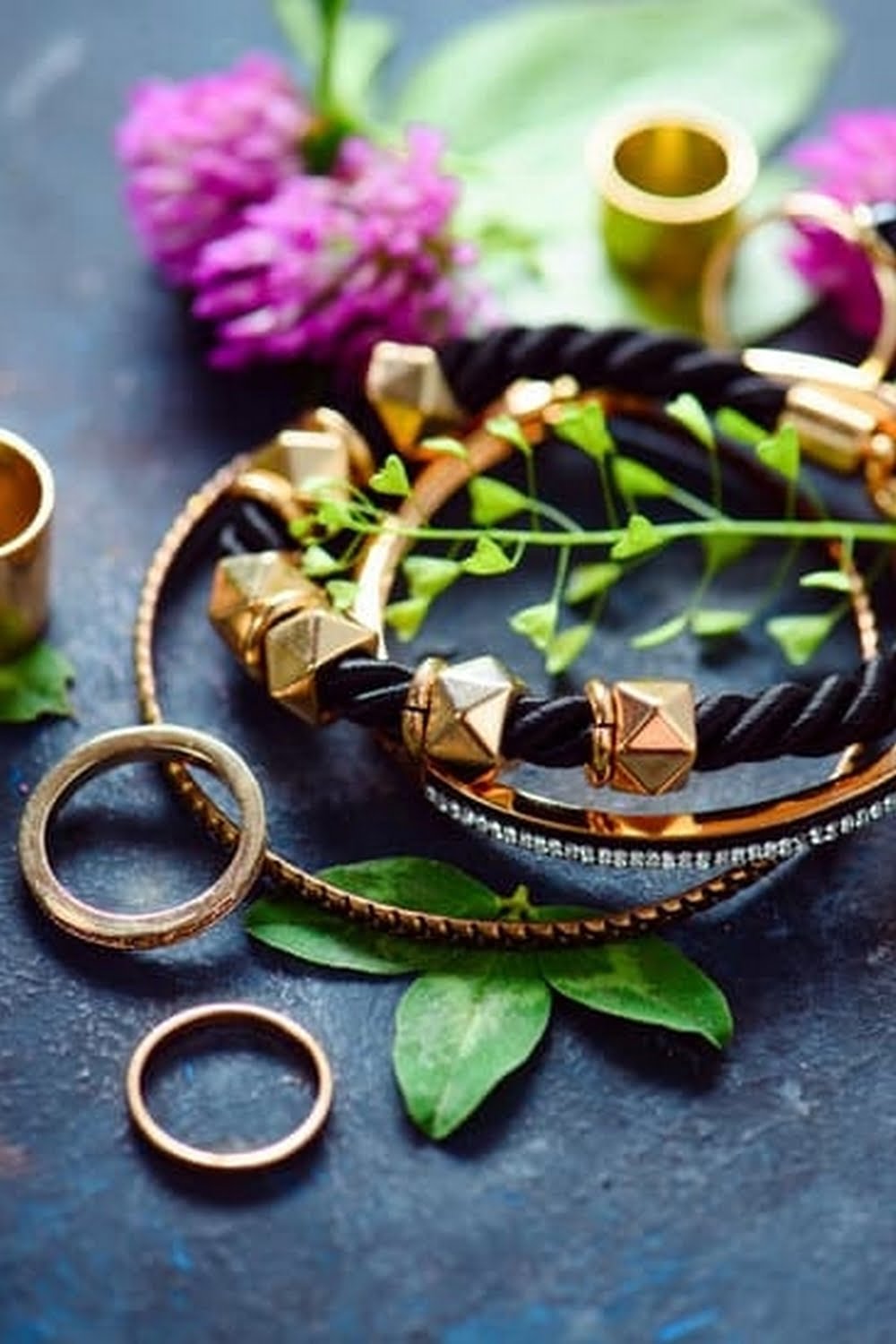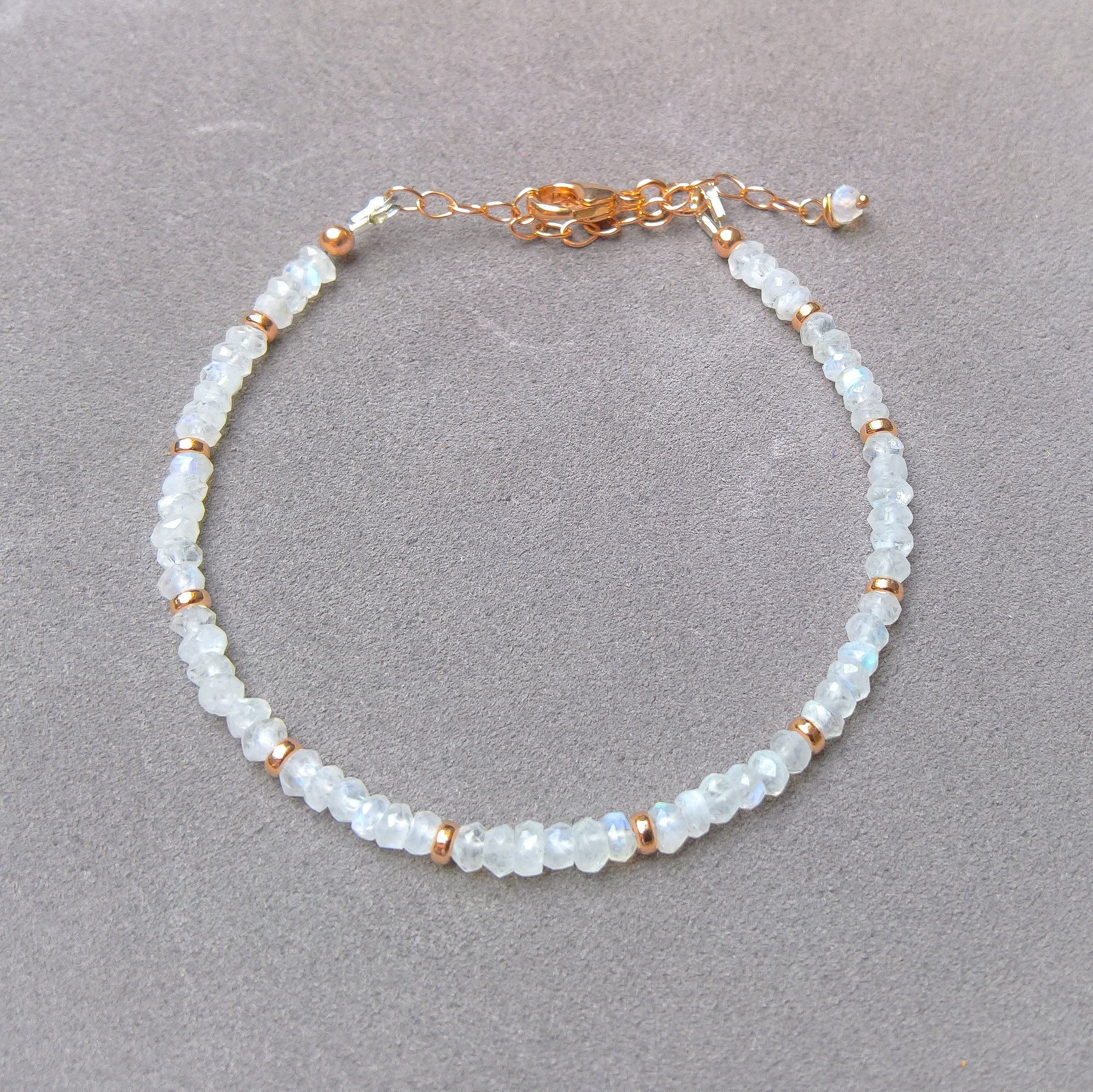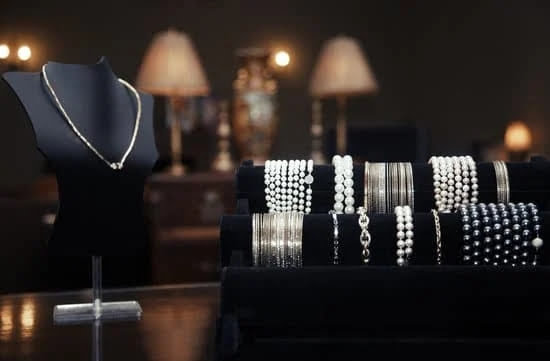Why making your own jewelry wire jig can enhance your crafting experience? The satisfaction of creating personalized jewelry pieces. Overview of the tutorial to follow.
Are you passionate about jewelry making and looking for a way to enhance your crafting experience? Have you ever wanted to create unique, personalized jewelry pieces that truly reflect your style? Look no further.
In this DIY tutorial, we will guide you step-by-step on how to make your own jewelry wire jig. By building your own wire jig, you’ll have the ability to create intricate designs and patterns with ease, opening up a world of creativity in the realm of jewelry making.
There’s something incredibly satisfying about crafting one-of-a-kind pieces of jewelry that are tailored to our individual tastes. Making your own jewelry wire jig allows you to take complete control over the design process. No longer do you have to settle for mass-produced accessories that lack personality. With a DIY wire jig, you can let your creativity soar and produce stunning pieces that are as unique as you are.
In the upcoming tutorial, we will provide you with detailed instructions on how to gather the necessary supplies for making a wire jig. We will guide you through building the base and support structure for stability, creating pegs or slots on the jig, and securing them properly. Additionally, we’ll explore pro tips for maximizing efficiency while using your DIY wire jig and provide inspiration by showcasing different design possibilities that can be achieved using this versatile tool.
So if you’re ready to embark on an exciting journey into the world of DIY jewelry making, grab some wire and get ready to create stunning pieces that reflect your personal style and creativity. Let’s dive in and discover how we can make our own jewelry wire jigs together.
Understanding the Basics
A jewelry wire jig is a tool used in the art of jewelry making that helps create consistent and precise wire designs. It consists of a base or frame with pegs or slots that hold the wire in place while you manipulate it into various shapes and patterns. The jig provides stability and allows for controlled movements, making it easier to achieve desired designs.
There are different types of wire jigs available in the market, ranging from basic models with fixed slots to more advanced ones with adjustable pegs. Some jigs may also have additional features such as measuring markings or attachments for creating specific shapes. However, these commercial options can be quite expensive and may not always fit the specific requirements of your project.
That’s where DIY solutions come in. Making your own jewelry wire jig allows you to customize it according to your needs and preferences. You can choose the size, shape, and number of pegs or slots based on the designs you plan to create. Additionally, creating your own jig can be a cost-effective alternative, especially if you already have some of the necessary materials at hand.
In summary, a jewelry wire jig is an invaluable tool for any aspiring jewelry maker. Whether you purchase one from the market or decide to make your own, having a wire jig will greatly enhance your crafting experience by providing stability, precision, and endless design possibilities.
| Type | Description |
|---|---|
| Fixed Slot Jig | A basic type of wire jig with fixed slots where the wire is placed. |
| Adjustable Peg Jig | A more advanced type of wire jig with movable pegs for greater flexibility. |
| Measuring Jig | A wire jig with markings for precise measurements. |
| Special Shape Jig | A wire jig designed specifically for creating certain shapes or patterns. |
Gathering Your Supplies
To successfully create your own jewelry wire jig, it is important to gather the necessary supplies. Here is a detailed list of materials required for the DIY project:
- Base Material: You will need a sturdy and stable base for your wire jig. This can be made from various materials such as wood, plastic, or metal. Choose a material that is durable and provides enough weight to keep the jig steady during use.
- Pegs or Slots: The pegs or slots on the jig are essential for holding the wire in place while you work on your jewelry designs. These can be made from nails, dowels, or even bent wires. The size and shape of the pegs will depend on the specific designs you wish to create.
- Wire: In addition to using wire to create your pegs, you will also need wire of a suitable gauge and quality for your projects. The gauge refers to the thickness of the wire, with lower numbers indicating thicker wires. Choose a gauge that suits your designs and ensures durability.
- Tools: While building your own jewelry wire jig, you will require some basic tools such as a saw or cutting tool to shape your base material, a drill or awl to create holes for the pegs, and sandpaper or file for smoothing any rough edges.
Once you have gathered these essential materials, you can begin constructing your jewelry wire jig following the step-by-step guide provided in this tutorial.
| Materials | Description |
|---|---|
| Base Material | Sturdy material like wood or metal |
| Pegs or Slots | Nails, dowels, or bent wires |
| Wire | Suitable gauge and quality for jewelry making |
| Tools | Saw or cutting tool, drill or awl, sandpaper or file |
Step-by-Step Guide
Building your own jewelry wire jig is a fun and rewarding DIY project that allows you to customize your jewelry making experience. With a homemade wire jig, you can create unique designs and patterns for your jewelry pieces. In this step-by-step guide, we will walk you through the process of building your own jewelry wire jig.
Step 1: Prepare the base and support structure
- Start by selecting a sturdy base material such as wood or acrylic. Cut it to the desired size, ensuring it is large enough to accommodate your pegs or slots.
- Attach legs or supports to the base to provide stability and prevent wobbling while working on the jig.
- Consider adding rubber feet or padding to the bottom of the base to prevent it from slipping during use.
Step 2: Create the pegs or slots
- Decide on the placement and quantity of pegs or slots you want on your jig. These will serve as guides for shaping and bending wire.
- For pegs, choose a durable material such as metal rods, nails, or steel dowels. Insert them into pre-drilled holes in the board, ensuring they are securely attached.
- Alternatively, if you prefer slots, use a saw or router to cut evenly spaced grooves into the base material. Sand down any sharp edges for safety.
Step 3: Secure the pegs and ensure stability
- Once all the pegs or slots are in place, ensure they are secure by using glue, epoxy resin, or screws.
- Check that each peg is straight and level with one another for accurate measurements while working on your jewelry pieces.
- If using wooden dowels for pegs, consider using sandpaper to taper one end of each rod for easy wire wrapping.
Step 4: Customize the jig
- Personalize your wire jig by adding additional features such as a ruler or measurement markings for precise designs.
- Attach wire guides or templates to the jig for consistent shapes and sizes in your jewelry pieces.
- Consider creating notches or grooves on the side of the jig to hold your wire in place while working.
By following these steps, you can create your very own jewelry wire jig that suits your specific needs. Building your own jig allows you to design and experiment to your heart’s content, resulting in unique and personalized jewelry pieces. Next, we’ll discuss some pro tips to maximize the efficiency of your DIY wire jig.
Pro Tips
Creating your own jewelry wire jig is not only a fun and rewarding DIY project, but it also allows you to make unique and personalized jewelry pieces. Once you have built your own jig, there are several pro tips and techniques you can employ to maximize its efficiency and enhance your jewelry making experience. These tips will help you work more efficiently and achieve precise measurements and designs.
1. Techniques to prevent wire slippage:
When working with a wire jig, one common issue is the wire slipping out of place, especially when using thinner gauges of wire. To prevent this from happening, try using rubber bands or small clamps to hold the wire in place. This extra support will keep the wire secure as you work on your design.
2. Adjusting and aligning the pegs:
To ensure precise measurements and designs, it is crucial to adjust and align the pegs on your wire jig properly. Use a ruler or measuring tape to position each peg accurately according to your desired dimensions. Additionally, you can mark reference points on the jig for consistent alignment during multiple uses.
3. Using accessories and attachments:
One of the advantages of creating your own DIY wire jig is that you can customize it according to your needs. Consider adding attachments or accessories to expand the functionality of your jig. For example, you can attach small hooks or loops at different points on the jig for creating more intricate patterns or incorporating additional elements into your designs.
Exploring Design Possibilities
When you have your own jewelry wire jig, the design possibilities are endless. With this tool, you can create intricate patterns and shapes that will add a unique touch to your jewelry pieces. One of the most exciting aspects of using a wire jig is the ability to experiment with different materials and wire gauges, allowing you to create diverse designs.
With your jewelry wire jig, you can begin by learning different patterns and shapes that can be created. There are countless possibilities, from simple geometric shapes like squares and triangles to more intricate designs like flowers or swirls. You can also try out different techniques such as weaving or braiding wires together for added texture and dimension.
In addition to exploring various patterns and shapes, you can also experiment with different materials and wire gauges. Depending on the look you want to achieve, you can choose from a wide range of materials including copper, silver, gold-filled wire, or even colorful enamel-coated wire. Each material will give your jewelry a distinct aesthetic appeal. Similarly, varying the gauge or thickness of the wire will affect the overall look and feel of your design.
To further inspire you in harnessing the potential of your jewelry wire jig, there are plenty of examples out there showcasing stunning jewelry made using this tool. You can find inspiration online through jewelry-making communities, social media platforms specifically dedicated to jewelry making, or even in books and magazines. By studying these examples and adding your own personal touch, you’ll be able to create truly one-of-a-kind pieces that reflect your style and creativity.
So go ahead and unleash your imagination. With a DIY wire jig at hand, there’s no limit to what you can create. Experiment with different patterns, materials, and techniques until you find what speaks to you. Whether it’s delicate earrings or bold statement necklaces, let your homemade jig be the tool that brings your vision to life.
Troubleshooting Common Issues
Addressing potential problems during the building process
When making your own jewelry wire jig, it is common to encounter a few challenges along the way. However, with some troubleshooting techniques, you can easily overcome these issues. One potential problem that you may come across during the building process is difficulty securing the pegs and ensuring stability.
To address this issue, make sure that you are using a strong and sturdy base material for your jig, such as wood or metal. Ensure that the support structure is securely attached to the base to prevent any wobbling or movement while working on your project. Additionally, consider using adhesive materials or fasteners like screws to firmly secure the pegs in place.
Solutions to tackle wire slippage or instability during usage
Wire slippage or instability can be frustrating when using a jewelry wire jig. One solution to prevent wire slippage is to use tools like pliers to securely hold the wire against the pegs. This will provide better tension and reduce any movement of the wire while forming your design.
Another method is to bend a small hook at one end of the wire and loop it around the peg. This will help anchor the wire in place and minimize any chances of slippage. You can also try placing rubber bands or tape around the pegs to provide extra grip for the wire.
Tips to troubleshoot irregular designs or measurements
Sometimes, you may notice irregularities in your designs or measurements when using a jewelry wire jig. To troubleshoot this issue, first ensure that all your pegs are aligned properly and evenly spaced. Inaccurate spacing between the pegs can lead to inconsistent designs.
If you find that your wires are not following the desired pattern, check if any of your pegs have shifted during usage. Adjust them back into position if necessary and try again. Additionally, remember to keep the tension on the wire consistent as you work on your project to achieve more accurate and uniform designs.
With these troubleshooting tips in mind, you can overcome common issues that may arise during the process of making and using your own jewelry wire jig. Don’t be discouraged by these challenges as they are all part of the learning experience. By addressing these issues head-on, you will be able to enjoy a smoother and more enjoyable DIY jewelry making journey.
Taking Your Skills to the Next Level
Introducing intricate wire-wrapping techniques using the jig
Once you have mastered the basics of using a DIY wire jig, it’s time to take your skills to the next level by learning some advanced techniques. One such technique is wire-wrapping, which allows you to create intricate and unique designs with your jewelry wire. With your homemade jig, you can experiment with different patterns and shapes, adding a touch of elegance to your jewelry pieces.
To start wire-wrapping with your DIY wire jig, begin by choosing a thicker gauge wire that is suitable for wrapping. This will provide more stability and a sturdier foundation for your design. Align the pegs on your jig in the desired pattern or shape for your piece. Then, carefully wrap the thinner gauge wire around the pegs, ensuring that each wrap is tightly secured. You can create loops, swirls, or even incorporate beads into your design for added flair.
Exploring advanced patterns and designs for more complex pieces
As you become more comfortable with using your DIY wire jig and wire-wrapping techniques, don’t be afraid to challenge yourself and explore more complex patterns and designs. Your homemade jig allows for endless possibilities when it comes to creating unique jewelry pieces.
One advanced pattern that you can try is the Celtic knot design. This intricate interlaced pattern requires precise measurements and multiple layers of wrapping. By adjusting and aligning the pegs on your jig accordingly, you can achieve stunning results with this ancient symbol of eternity.
Another advanced technique involves creating elaborate filigree designs using fine-gauge wires. With practice and patience, you can weave delicate strands of wire into intricate lace-like patterns that add a touch of sophistication to any piece of jewelry.
Encouraging readers to showcase their creations and pursue their passion in jewelry making
Now that you have learned some advanced techniques and explored the possibilities of using a DIY wire jig, it’s time to unleash your creativity and showcase your creations. Share your jewelry pieces on social media platforms or participate in local craft fairs to get feedback and inspiration from fellow artists and enthusiasts.
By continuously challenging yourself, experimenting with new designs, and honing your skills with the DIY wire jig, you can turn your passion for jewelry making into a fulfilling hobby or even a potential business venture. Don’t be afraid to think outside the box, combine different materials and techniques, and let your imagination run wild. The possibilities are endless when it comes to creating personalized and unique jewelry pieces with your homemade jig.
Conclusion
In conclusion, making your own jewelry wire jig opens up a world of possibilities for creativity and personalization in your jewelry making projects. Throughout this tutorial, we have explored the basics of what a jewelry wire jig is and its purpose in jewelry making. We have also discussed the essential materials needed for creating a DIY wire jig, as well as provided a step-by-step guide on how to build your own.
By harnessing the potential of your homemade wire jig, you can explore various design possibilities and experiment with different patterns, materials, and wire gauges. This allows you to create unique and personalized jewelry pieces that truly reflect your style and personality. The satisfaction and fulfillment that come from wearing jewelry pieces that you have handmade is unparalleled.
As you embark on your own DIY wire jig project, remember to stay open to learning new techniques and exploring advanced patterns and designs. With practice, you can master intricate wire-wrapping techniques using the jig and create more complex pieces that will impress others with your skill and talent.
So why wait? Unleash your creativity in jewelry making by building your own DIY wire jig today. Explore different patterns, materials, and designs, and let your imagination run wild. Show off your creations proudly and continue to pursue your passion in jewelry making. With a homemade wire jig at hand, there are no limits to what you can achieve in this craft. Happy crafting.
Frequently Asked Questions
How do you make jewelry with a wire jig?
Making jewelry with a wire jig involves several steps. First, select the type and thickness of wire that suits your desired design. Next, attach the wire to the pegs on the jig, aligning it according to your pattern or design. Use pliers or your hands to hold the wire securely while you manipulate it around the pegs.
The pegs can be rearranged to create different shapes and designs. Once you have formed the wire into the desired shape, remove it from the jig and trim any excess wire if necessary. Finally, you can add beads, stones, or other embellishments to complete your jewelry piece.
What is a jig in jewelry making?
In jewelry making, a jig is a versatile tool used to shape and form metal wire into various designs and patterns. It typically consists of a base plate with evenly spaced holes or slots where pegs can be inserted at different angles. These pegs serve as guides for manipulating the wire into specific shapes such as loops, coils, spirals, or more complex patterns.
By using a jig in jewelry making, artisans can achieve consistent shapes and sizes for their pieces. Jigs are popular among both beginners and experienced jewelers due to their ability to streamline the wire shaping process.
How do you bend wire for jewelry?
Bending wire for jewelry requires precision and patience. Start by selecting a suitable gauge of wire based on your desired design and strength requirements. To bend the wire accurately, use a pair of quality round-nose pliers or another specialized tool like bail-making pliers or mandrels with various diameters depending on your needs.
Gripping one end of the wire firmly with pliers while leaving enough length for bending will provide better control over shaping. Apply gentle but steady pressure while bending the wire towards your desired angle or curve using your chosen tool’s appropriate section. Remember that practice is key when it comes to getting comfortable with bending wires for jewelry-making purposes; experimenting with different techniques will help refine your skills.

Welcome to my jewelry blog! My name is Sarah and I am the owner of this blog.
I love making jewelry and sharing my creations with others.
So whether you’re someone who loves wearing jewelry yourself or simply enjoys learning about it, be sure to check out my blog for insightful posts on everything related to this exciting topic!





